Paris is celebrating the Olympic Games, it is an opportunity to discover emblematic places that are not usually open to the general public. Among these places, we will note the cinema « Le Grand Rex » and its backstage, a dive into the world of the 7th art, the creation of a film through the sets.
Located in the 2nd arrondissement of Paris, 1 boulevard Poissonnière, the Grand Rex is the largest cinema in the world. Built in 1932, it is listed as a historical monument thanks to its facade, its roof, its auditorium and its decor. Its main characteristic is the capacity of its large auditorium which can accommodate nearly 2,702 spectators. It hosts the most beautiful shows in the world and receives many French and international personalities during previews, without forgetting the « Féérie des Eaux ».
The Grand Rex is not only a movie theater with a large screen, it is also a performance and concert hall. The visit reveals the artists’ entrance, the director’s office with archive images of preview events, the tunnel of stars (unpublished conversations between movie stars), the projection booth, the special effects room, the film set and the dubbing …
The origins of the Grand Rex
Wanting to build an extraordinary performance hall, Jacques Haïk, a wealthy producer and distributor in the world of cinema, owner of the Olympia, embarked on the creation of a movie theater, a project never seen before. 5,000 On an area of 2,000 m², 5,000 spectators could be accommodated there. The ceiling culminating at more than 30 m, represents a luminous starry vault. and the roof tower is 35 m high.
For the realization, he called upon the architect Auguste Bluysen and the engineer John Eberson, specialists in « atmospheric rooms ». In the United States, they had acquired more than 400 sets of fantastical cities under cloudy, clear or starry skies. The façade was designed by the sculptor Henri-Edouard Navarre and the decoration of the large room was entrusted to Maurice Dufrène. The large room was decorated with a « Mediterranean-antique » city in relief, located in the open air with its colored walls, restoring the Art Deco atmosphere of the villas of the « French Riviera ». Only one was not respected, the number of spectators was reduced to 3,300 (against 5,000 planned).
From the opening to 1940
The Grand Rex opened on the evening of December 8, 1932 in the presence of Louis Lumière, guest of honor, and 3,300 guests. On the bill, « The Three Musketeers » by Henri Diamantt-Berger.
The « atmosphere room » has 3 floors and the paintings on the walls give the impression that one is in the open air. It was then one of the largest rooms in Paris and in the world with the Gaumont Palace of 6,000 seats, built in 1931 and demolished in 1973. The projection room is located in the corbel of rue Poissonnière. The lantern in the corner is in fact a metal lattice on which cement mortar was sprayed.
Despite its success, Jacques Haïk filed for bankruptcy and sold the Grand Rex to Gaumont, before Jean Hellmann, Alan Byre and Laudy Lawrence bought it back.
The 1940s
Seized by the Germans during the Occupation, the Grand Rex became « Soldatenkino » to entertain the troops. A clock and a loudspeaker were installed to inform soldiers of train times so that they could return to their unit.
After an attack by the Valmy detachment in 1942, the cinema reopened on October 13, 1944, after the Liberation, by programming an American film and offering chewing gum during the intermission. From April 12 to June 22, 1945, it became a reception center for repatriated prisoners of war and in 1946, the first Disney feature film was shown. The program was divided into 2 parts with an intermission. The first part includes a musical opening and news, the second, attractions (waterfalls, erupting volcanoes), then the film.
The first feature film (The Tunic, directed by Henry Koster) in Cinemascope is screened simultaneously with the cinema on the Avenue des Champs Elysées.
The « Féérie des Eaux » was created in 1954 and since then the water games have animated the large room every year, at Christmas, before the Disney film. In 1957, the escalator was inaugurated by Gary Cooper and Mylène Demongeot and in 1963, Hitchcock presented his film, « The Birds ». In 1974, 3 small rooms were added, the « Rex Club » replaced the « Rêve » dance hall created in 1932.
The 1980s and after
In the 1980s, the Césars ceremony took place (1983), the Grand Rex expanded with 7 rooms in 1984 and then 8 in 1990. It is listed as a historic monument, as is its façade. The « Grand Large », a 300 m² screen designed by Luc Herpet, the largest in Europe, was installed and inaugurated in 1988, by « Le Grand Bleu » by Luc Besson. The same year, director Peter Jackson received an award there and Britney Spears was present in 2002 for the broadcast of « Crossroads ». In 1997, the Grand Rex opened its program to festivals, concerts and one-man shows. The first Star Wars convention took place in May 2005 and 4 years later, the façade was equipped with digital signs. The same year, it obtained exclusivity for the documentary Michael Jackson’s This is it. In 2017, the large hall was renovated and Madonna performed there in 2020. The same year, following the pandemic, the cinema closed in August 2020, it will not reopen until 2022 after extensive renovation work. The Grand Rex celebrates its 90th anniversary on December 8, 2022. During the summer of 2023, it is developing its project for a new premium hall (+ 500 spectators).
The Grand Rex has received several awards. In 2022, it received the title of best classic hall of the year for the EMEA region (Europe, Middle East and Africa) by the International Cinema Technology Association (ICTA). In 2024, it won the Award of Excellence in Cinema at the CinemaCon in Las Vegas.
Le Grand Rex
1 bd Poissonnière
75002 Paris
Tel: +33 (0)1 45 08 93 89
Copyright ©2024 – IMPACT EUROPEAN
Views: 0


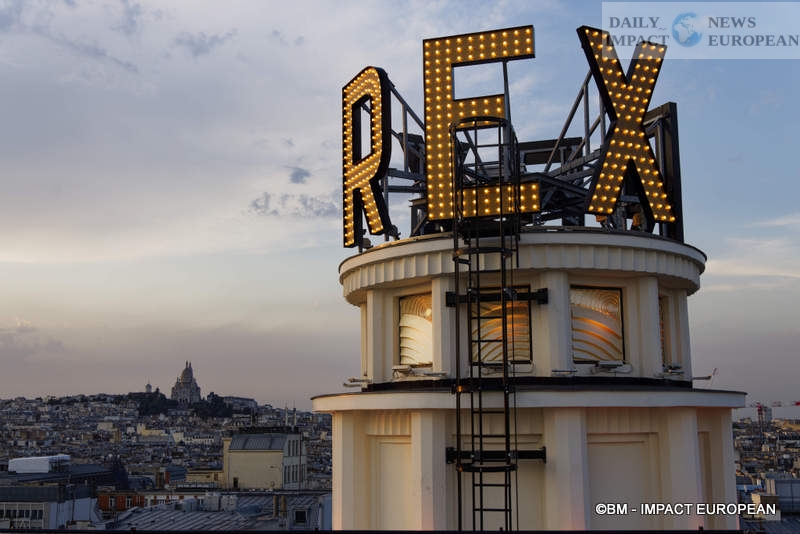
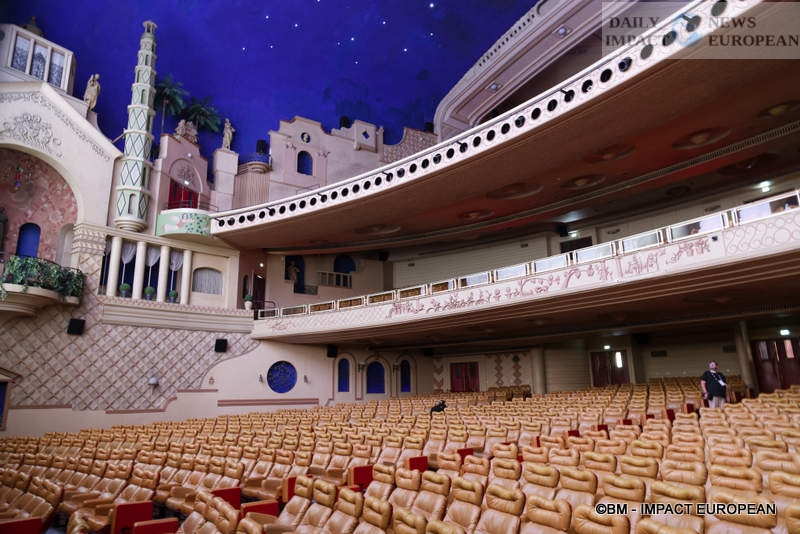
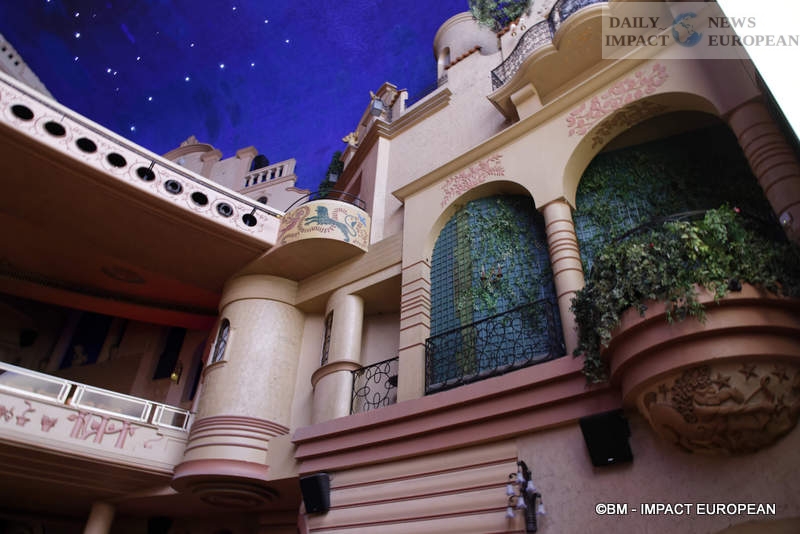
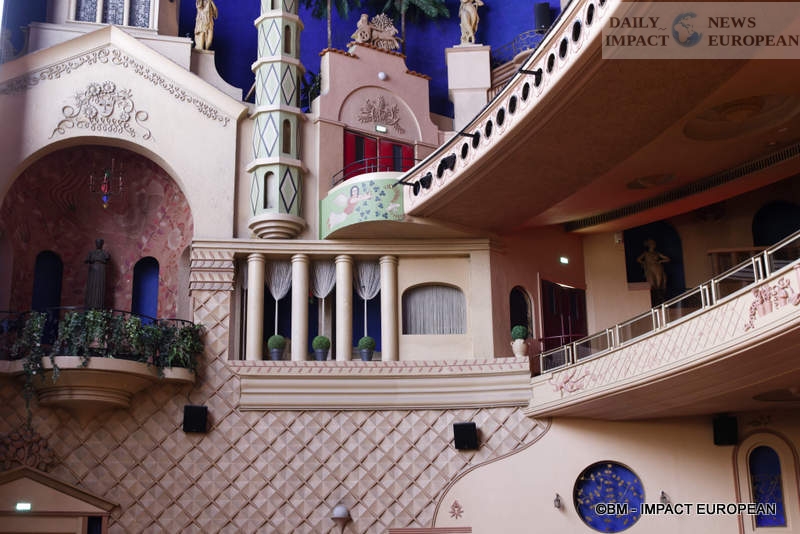
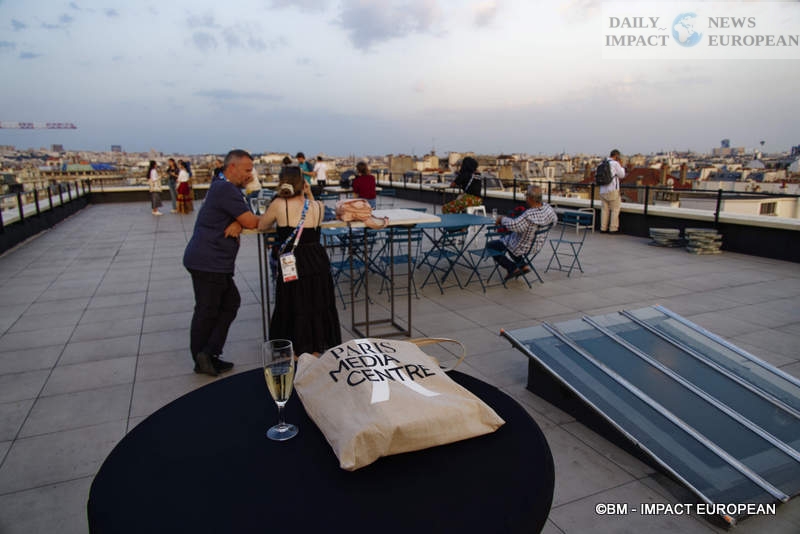
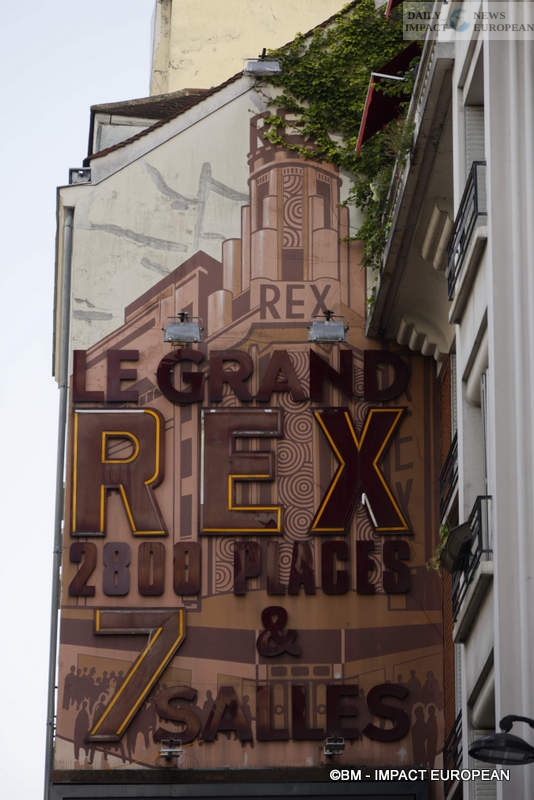
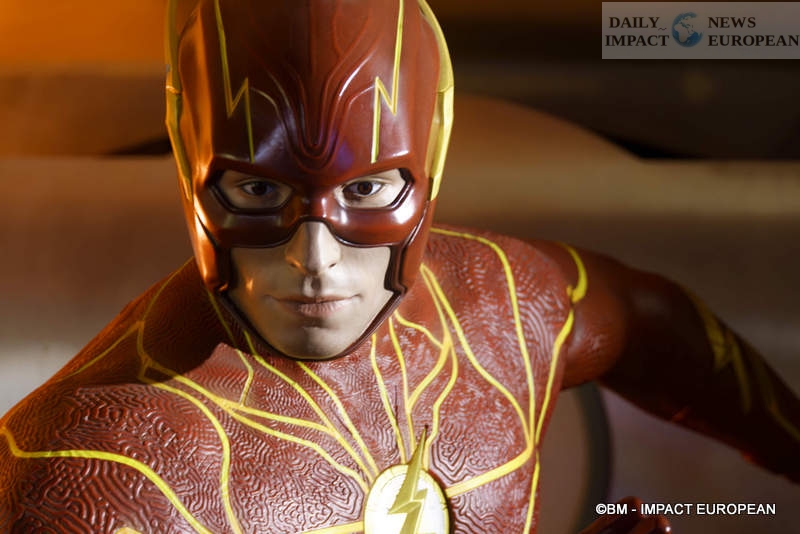

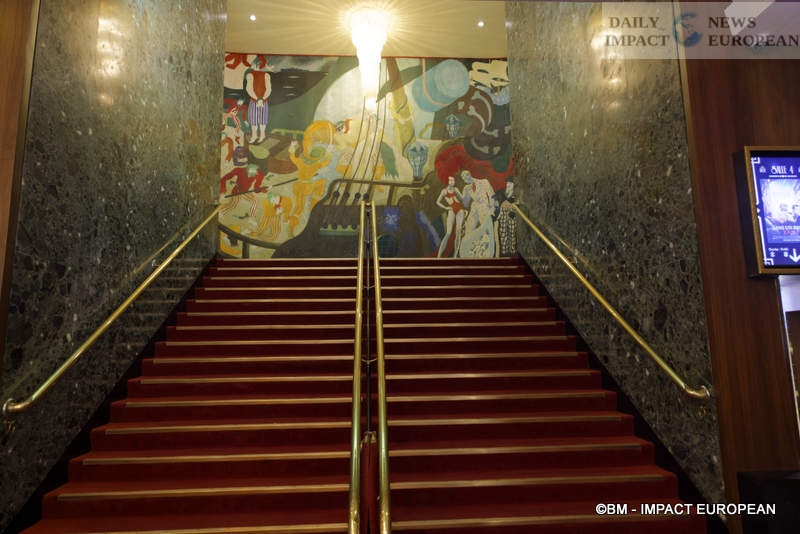
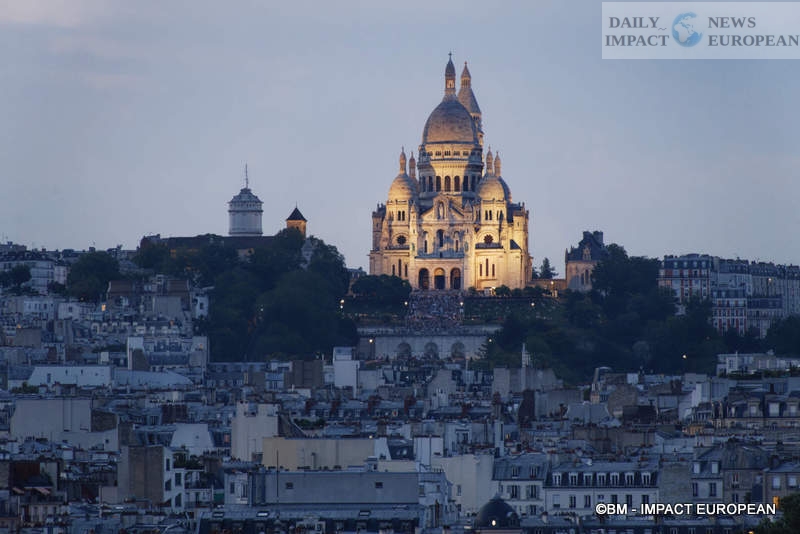
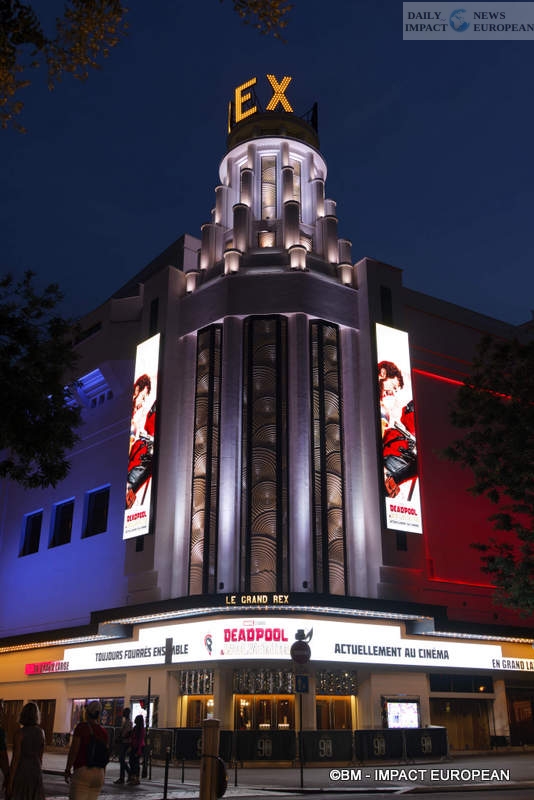
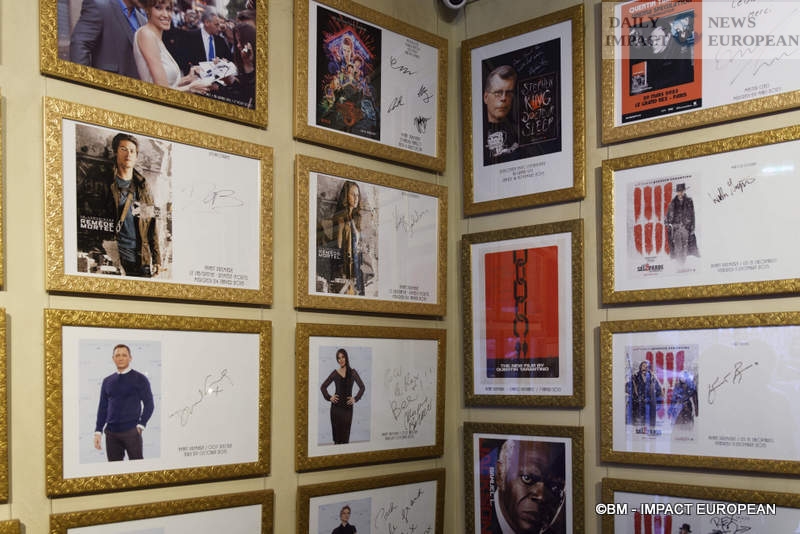
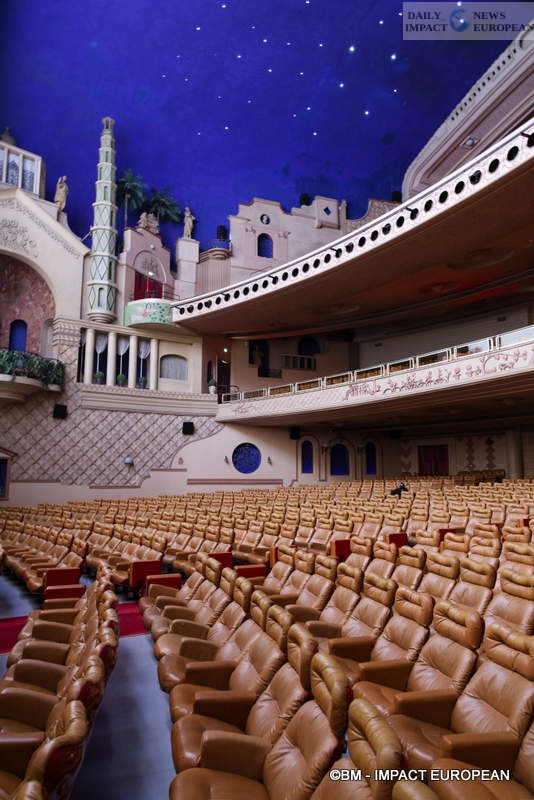
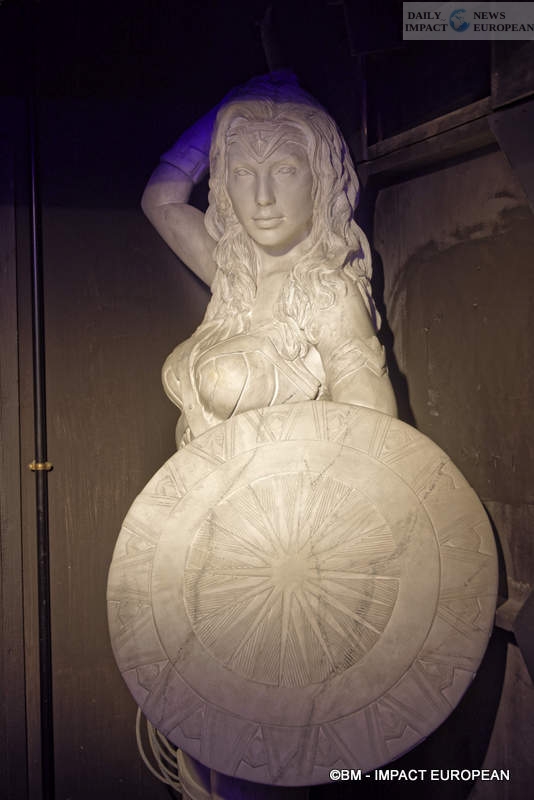
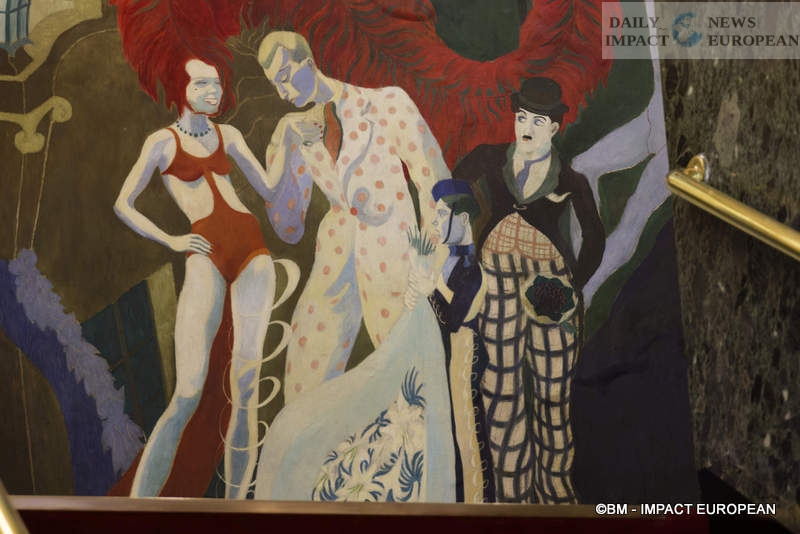
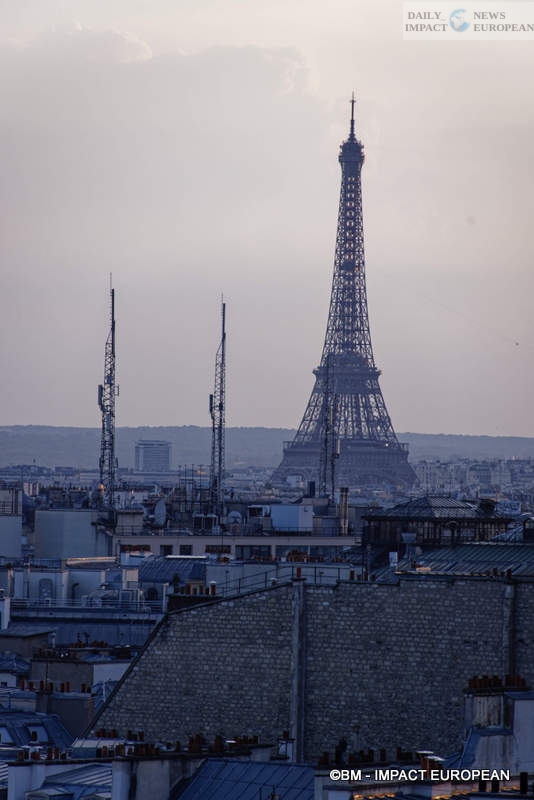
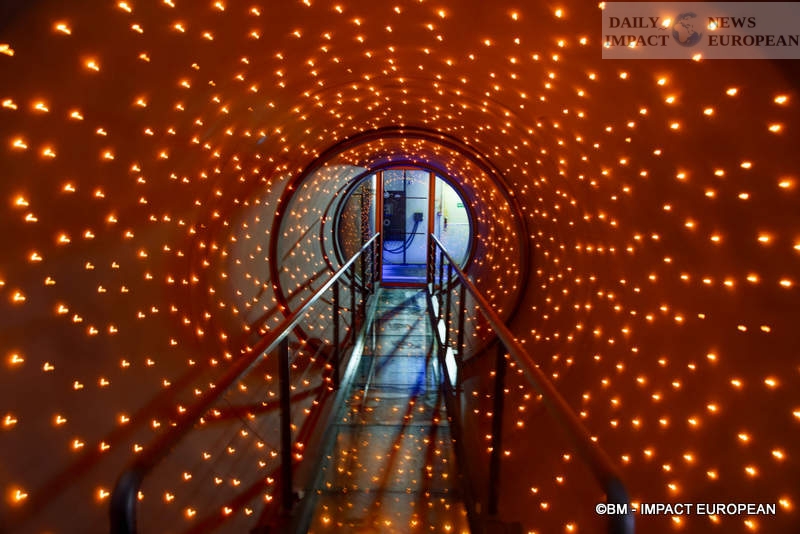
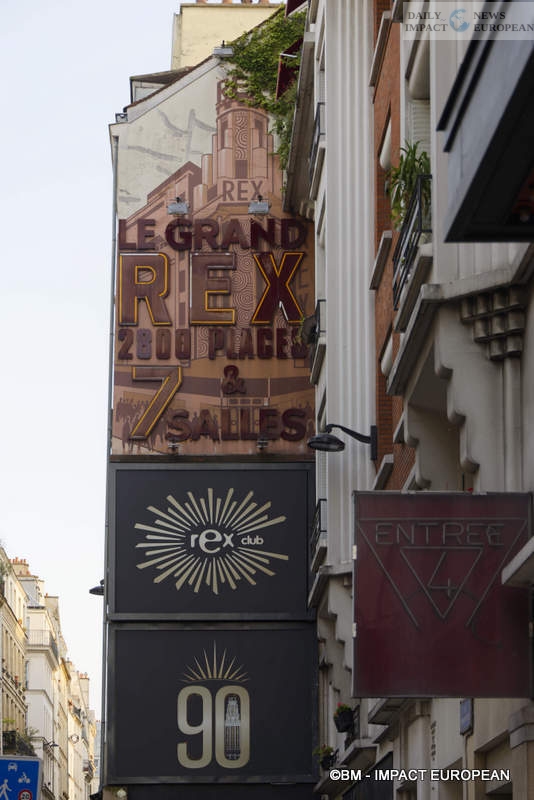
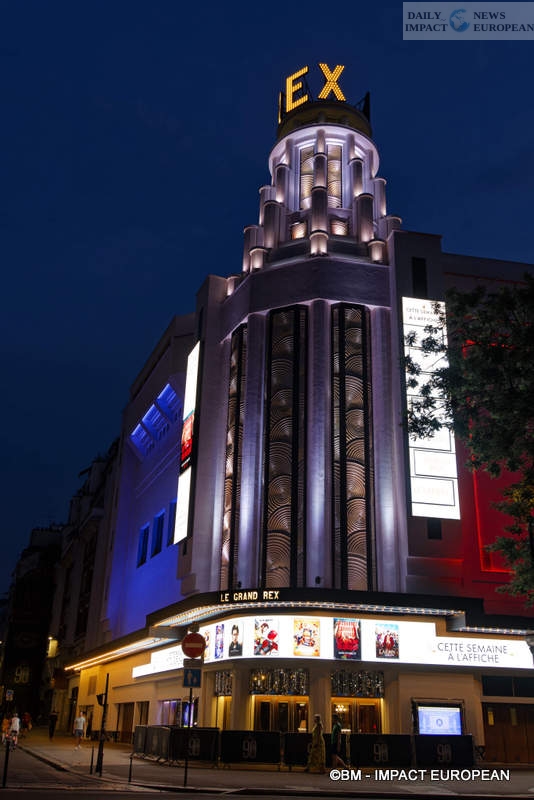
Plus d'histoires
France: Thousands of Doctors March in Paris Against “Authoritarian Drift” in Healthcare System
Agricultural crisis: farmers bring protests to Paris over EU–Mercosur deal
In Paris, Ukraine and Its Allies Seal Security Guarantees for a Lasting Peace